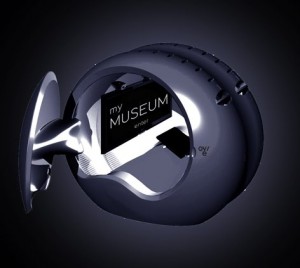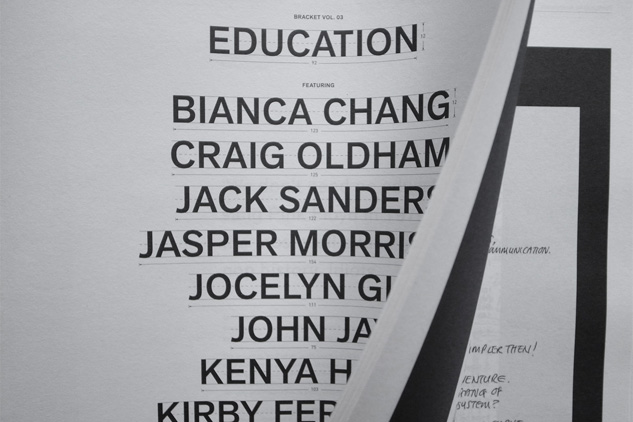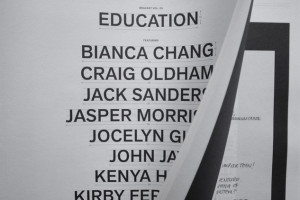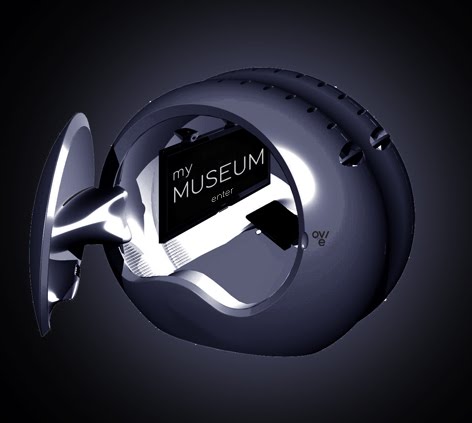The last three years have seen the Android operating system freeing us from the desktop and allowing constant, consistent, online connection at all times. This shift away from a ‘feet under the table’ office mentality in digital access has been aided and abetted by the invention of applications that bypass the usual data input required to switch on, log on and search for data.
Michael Wolff, contributing editor for Wired, in a provocative article co –written with editor in chief, Chris Anderson, entitled The Web Is Dead. Long live the Internet, in issue 18.02 of the magazine, stated “Since the dawn of the commercial Web, technology has eclipsed content. The new business model is to try to let the content — the product, as it were — eclipse the technology.”
In turn, Anderson feels that the Internet is now developing beyond its ‘adolescent phase’ as he reasons “as it moved from your desktop to your pocket, the nature of the Net changed. The delirious chaos of the open Web was an adolescent phase subsidized by industrial giants groping their way in a new world. Now they’re doing what industrialists do best — finding choke points.”
These choke points are the cash points for the financial interest in online transaction. Apps are the most controlled advance yet that allow for mass wealth acquisition through data exchange. It is unique in the fact that it provides content providers with the opportunity to finally cash in on unique data exchange. These content providers, in the creative sense (if we are to take the technology versus content approach of Wolff’s model) are now in a position to brand their content individually as a point of access away from the Google-centric web of SEO search.
Looking at how the digital revolution has affected the creative industry in the U.K. we can see that it’s blossomed in some likely respects, repeated everywhere that the Internet has touched, over the past five years, most notably in the creative tertiary sector: in areas of marketing, branding and advertising. There has of course been the rise of the creative agency or digital agency that has muddied the waters for traditional advertising agencies, the ‘360 degree’ one stop shop which has become the benchmark for this now tertiary business. The use of innovation in these areas is well documented and only too visible in the seemingly one-size fits all approach to art, culture and commerce that is now accepted as the norm.
Claudia Bernett, in the 10 x10 series for Method entitled Place, Space, and the Mobile Interface ends her review of the current situation by stating “Marshall McLuhan famously said, ‘First we shape our tools, thereafter they shape us.’ Our mobile devices are shaping us today. The convergence of location-awareness, mobility, and physicality is changing the way we live, and forever altering both the digital and physical landscapes. Mobile experiences are no longer afterthoughts or extensions–they are at the center of our lives. And, they must be at the center of brand experiences in the 21st century. Those brands that create meaningful mobile experiences that connect with consumers will be those that stay relevant in this rapidly changing world.”
I would like to extend this train of thought by looking at the word ‘meaningful’ and deciphering it from a creative standpoint. This is the nub of the communication process we employ; our words, actions and output (product) must connect, whether it’s passage esoteric or exoteric. If brands cannot merely perform a market research test in the high street any longer, what standards does the creative sector now need to perform to, if it in fact does? For we are now presuming that the creative industry is a retail broker rather than an ideology are we not?
How are traditional cultural institutions responding to digital innovation?
What is the yardstick for ‘meaningful digital experience’ in the creative sector?
Approximately one year ago David Gilbert, chairman of the Contemporary Arts Society set up an initiative that aims to generate up to 30% extra revenue for UK museums and galleries. CultureLabel is a one-stop online shop that brings cultural institutions under one brand umbrella. Peter Tullin, Managing Partner at CultureLabel.com takes up the story, “there needs to be a strong central idea at the heart of any new platform that requires a partnership to make it work and they (the supplying institutions) recognised the value of supporting an aggregator so the customer could buy from multiple museums on a single website. We began with a portal model which sent customers direct to museum sites but we quickly realised that people wanted to not only view the products on a single website but buy them from multiple partners in a single transaction just like Amazon Marketplace so we responded to the market research and the museums were quick to recognise the logic”
It’s interesting to note that in the space of one year the mode of delivery has changed from a portal model to that more akin to an App. Other App friendly concepts that have blossomed over the past year or so include Wallpapers Milan App and The Museum of London’s Street Museum App that uses Augmented Reality to connect users with the past views of the streets of London when they hit locations. Tullin is quick to observe that “the way you can interact with content and the gallery through applications like Foursquare are also really interesting where the crowd is rating and interacting in the museum space without any real official connection which offers as much threat as opportunity if you are not in tune with where these techs are going.”
The perceived threat i.e. Ownership or crowd sourced opinion splitting carefully built up curatorial and editorial identity is something of an Achilles heal in media circles but has dealt the creative institutions and CultureLabel something of a backhander. Another project under the CultureLabel portfolio is The Digital Museum which is an agency aimed directly at the core digital foundations of cultural institutions. They offer ‘independent expertise to imagine and deliver your digital roadmap’ and are peerless in their timely offering to a sector of the creative industries that is financially pinched by government spending cuts and the recession. Tullin explains “the Digital Museum project was conceived as a way of helping museums, galleries and artists utilise new technologies with a specific focus on developing new commercial revenue streams. For example, we have just developed a digital ticketing platform that was used by the Courtauld Gallery for their Michelangelo’s Dream exhibition to allow people to have tickets sent to their mobile phones, the first time this has been used in a UK exhibition. The pilot was really successful with thousands of people buying their tickets in this way and the gallery is now using it for all online ticket sales. It seems clear to me that people are used to benefiting from these technologies in other parts of their daily lives so museums and galleries need to be early adopters also especially given the collapsing costs of these sorts of technologies.”
These museums and galleries are playing catch up and CultureLabel is providing the force with which to bridge the gap.
The Tate Gallery is currently addressing the divide by asking what will the museum of the future be like? A talk at the Tate Modern on September 7th 2010 on Museums and Mobiles in the Age of Social Media will bring museum workers together for what they promise will be an opportunity to “get up to speed with the latest thinking in this area. Museum professionals from around the world with in-depth experience in mobile content design, development and evaluation lead the day’s discussions.” Strange that CultureLabel, despite their involvement with the Tate in other areas are not on the panel, there still appears to be, on the very surface at least, some divide between the academic institutionalised view of technology and the real commercial angle.
Lee McCormack, founder of OCULAS group and designer of the Ovei – an immersion environment that has evolved alongside the digital growth and innovations of the past five years – is currently seeking to integrate his product into cultural institutions digital agenda.

“As a consumer, the idea of exploring a portal where all cultural institutions have a voice is a very compelling one” states McCormack. “When I originally conceived the idea of the Ovei as a place where you could control your own environment completely, the technology I was thinking of was basically experiential; movies, music, voice and video communications and productive technologies that meant you could write, create artwork or music, edit films or just simply meditate. What’s changed since then is the Internet, specifically social networking. Social networking opens up the possibilities for what the Ovei can do, where it can be used and who can benefit from it. The idea that we can enter a physical environment, in the Ovei, where we control our own experience and through our social networks share that experience with the people we want to is very compelling, even more so when considering the depth and quality of the experience itself.”
To pick up on the ‘meaningful’ strand from earlier on, it appears that McCormack is attempting to make physical the relationship between technology and individual in a way that delves back into location based hubs but with a multi sensory physically immersive experience. It’s an interesting proposition, even if taken as purely academic one. Whether galleries and museums should tailor content and serve it up in a more sterile, functional delivery, or to develop more ‘designed’ phyiscal spaces then perhaps the current retail model for digital display and service gives rise to – to credit the content not the delivery, or to credit both, the quest for physical digital space could be an overarching goal that settles dispute over academic and creative versus commercial values.
Speaking of the value of creating physical spaces to conduct digital experiences McCormack observes “Ovei used to be a difficult idea to sell to people, the idea that we should have an environment where we can shut ourselves away and engage with the activities that interests us. To me it seemed obvious and inevitable that eventually the need for such a space would become more important.” What would these innovations look like if they were physically implemented in real space, beyond augmented reality into ‘real’ reality?
I hope that current debate begins to tackle the question, the future will not just be accessible in the palm of our hands; it lies in the walls, floors and deep into the physical fabric of our future, embracing all our senses, only then will it be totally meaningful.



